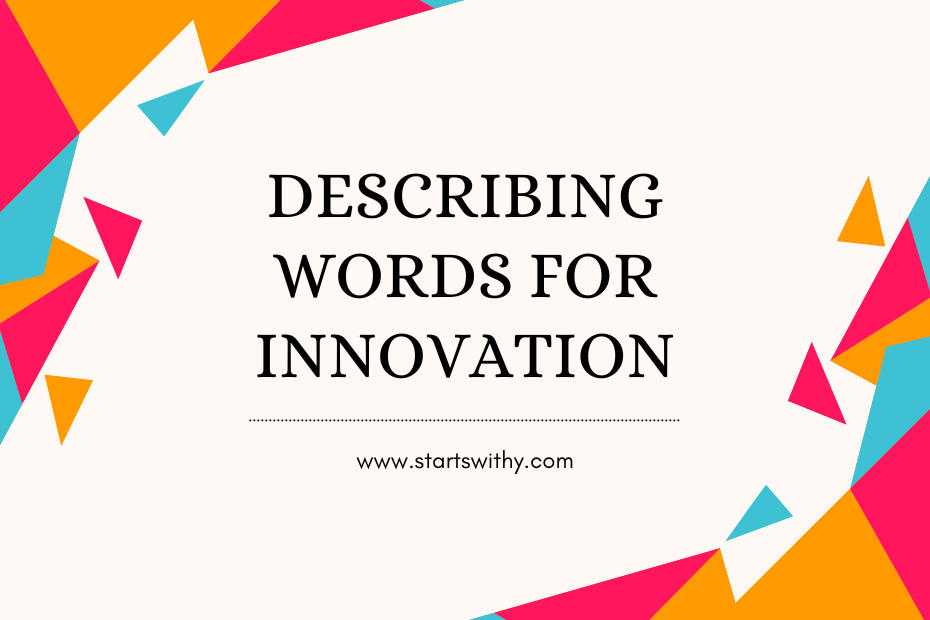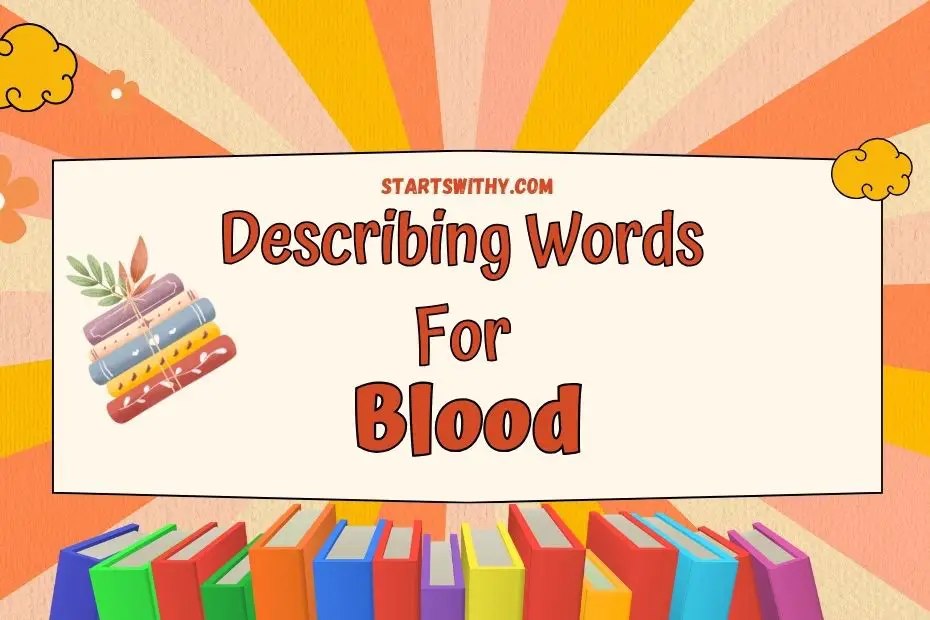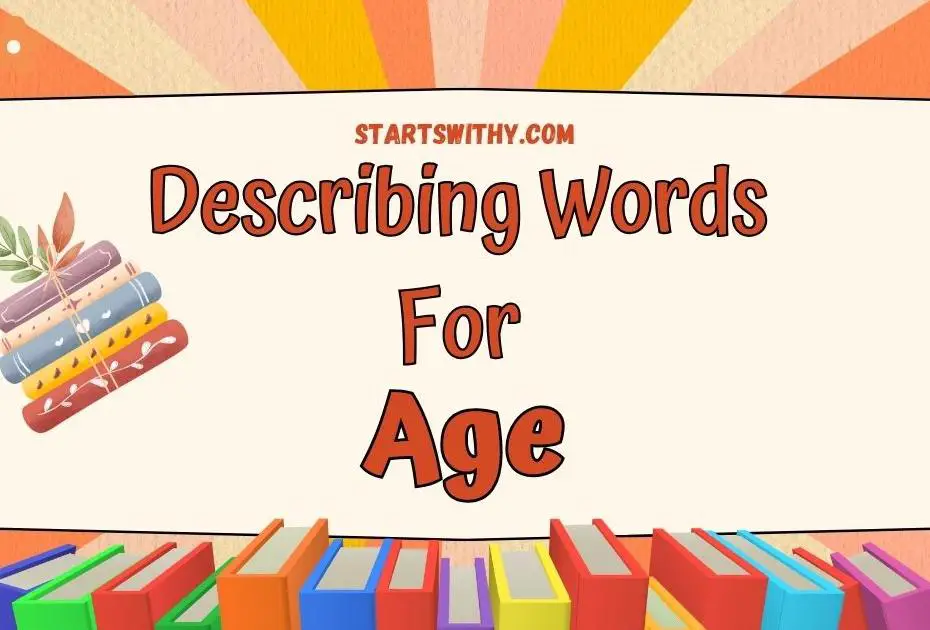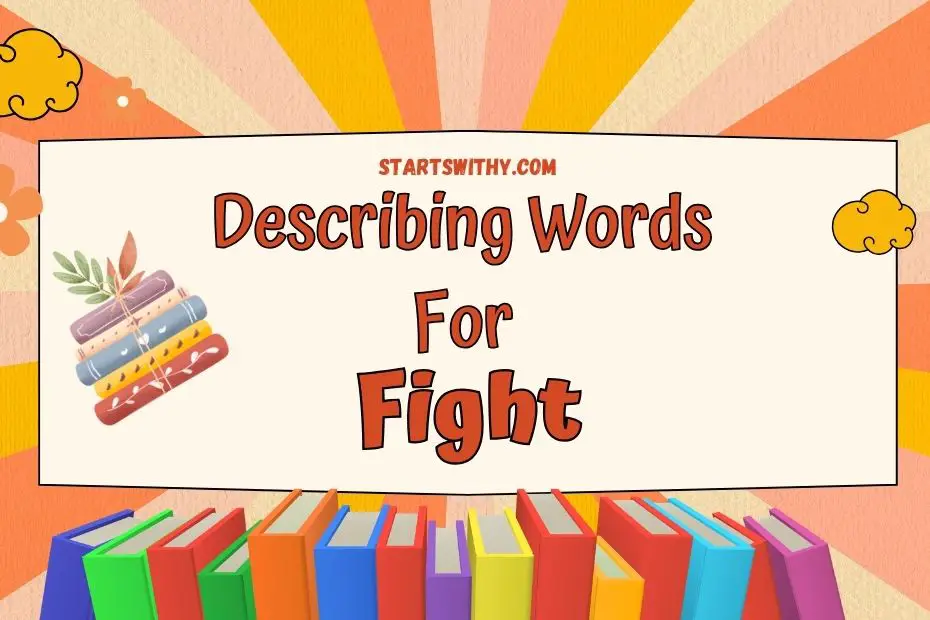Innovation is the driving force behind progress and success in today’s fast-paced world. Whether it’s in technology, business, or any other field, the ability to think outside the box and come up with groundbreaking ideas is crucial. But how do we describe these innovative ideas? That’s where adjectives for innovation come in. In this article, I’ll be sharing a list of descriptive words that capture the essence of innovation, along with examples to help you understand how they can be used. So, if you’re ready to expand your vocabulary and learn how to articulate the power of innovation, let’s dive in!
When we think of innovation, words like “creative” and “revolutionary” often come to mind. While these adjectives certainly capture the spirit of innovation, there are many more words that can be used to describe the unique qualities of innovative ideas. From “disruptive” to “cutting-edge” to “game-changing,” each adjective adds a different nuance to the concept of innovation. By exploring these adjectives and their examples, you’ll not only be able to better express your own innovative ideas, but also gain a deeper appreciation for the impact of innovation in various fields.
How to Describe innovation? – Different Scenarios

When it comes to describing innovation, there is a wide range of adjectives that can be used to capture its essence. Whether it’s a groundbreaking invention, a new approach to problem-solving, or a fresh idea that sparks creativity, there are descriptive words that can help convey the uniqueness and impact of innovation. Let’s explore some different scenarios and the adjectives that best describe them:
1. Disruptive Innovation
Disruptive innovation refers to a radical change that shakes up an industry or market. It introduces a new product or service that completely transforms the way things are done. Here are some adjectives to describe disruptive innovation:
- Revolutionary: This innovation challenges the status quo and brings about a significant shift in the industry.
- Game-changing: It alters the rules of the game and creates a new standard for success.
- Transformative: This innovation has the power to completely transform the way we think and operate.
2. Cutting-Edge Innovation
Cutting-edge innovation refers to advancements that are at the forefront of technology or knowledge. It represents the latest developments in a particular field or industry. Here are some adjectives to describe cutting-edge innovation:
- Pioneering: This innovation is at the forefront, leading the way for others to follow.
- State-of-the-art: It embodies the most advanced and sophisticated technology or ideas.
- Innovative: This innovation introduces fresh, new ideas that push the boundaries of what was previously possible.
3. Collaborative Innovation
Collaborative innovation involves the cooperation and contributions of multiple individuals or organizations. It harnesses the power of teamwork and collective expertise to bring about new solutions. Here are some adjectives to describe collaborative innovation:
- Synergistic: This innovation combines the strengths and talents of different players to create something greater than the sum of its parts.
- Co-creative: It involves active participation and collaboration from various stakeholders to generate innovative ideas and solutions.
- Interdisciplinary: This innovation draws on knowledge and expertise from diverse fields, resulting in unique perspectives and approaches.
Remember, these are just a few examples of the many adjectives that can be used to describe innovation in different scenarios. By expanding your vocabulary and using the right words, you can better articulate the power and impact of innovation in various fields. Together, let’s embrace the beauty of innovation and its ability to shape our world.
Describing Words for innovation in English

Innovation is a powerful force that drives progress and growth in various fields. It is essential to have a strong vocabulary to effectively articulate the different aspects and impact of innovation. By using descriptive words, we can capture the essence of innovation and convey its significance more vividly. In this section, I’ll share a list of adjectives that can be used to describe innovation in English.
- Disruptive: Innovation that completely transforms industries or markets, bringing about significant changes and displacing existing solutions.
- Cutting-edge: Innovative ideas or technologies that are at the forefront of their respective fields, pushing boundaries and setting new standards.
- Collaborative: Innovation that emerges from the combined efforts and cooperation of individuals or organizations, harnessing diverse perspectives and expertise.
- Revolutionary: Innovation that revolutionizes the way things are done, leading to a paradigm shift and reshaping entire industries.
- Creative: Innovation that is marked by originality and ingenuity, introducing novel approaches and solutions to challenges.
- Sustainable: Innovation that is environmentally conscious and promotes long-term viability, considering the social, economic, and ecological impact.
- Game-changing: Innovation that fundamentally alters the rules of the game, transforming the way business is conducted or services are delivered.
- Adaptive: Innovation that adapts to changing circumstances or needs, evolving to meet new challenges and opportunities.
- User-centric: Innovation that prioritizes the needs and experience of users, creating solutions that are intuitive, accessible, and user-friendly.
It’s important to note that these adjectives are not mutually exclusive, and innovation can often exhibit multiple characteristics simultaneously. By using these descriptive words, we can paint a more nuanced picture of the different facets of innovation.
| Adjective | Example Sentence |
|---|---|
| Disruptive | The company’s disruptive innovation revolutionized the transportation industry. |
| Cutting-edge | The research team is working on developing cutting-edge technologies for renewable energy. |
| Collaborative | The project’s success can be attributed to the collaborative innovation of multiple stakeholders. |
| Revolutionary | The invention of the internet was a revolutionary innovation that transformed communication globally. |
| Creative | The artist’s creative innovation in design earned them recognition in the fashion industry. |
Adjectives for innovation
When it comes to innovation, finding the right words to describe it can make a significant impact. Whether you are trying to capture the essence of a groundbreaking idea or express the transformative nature of a new product or service, choosing the right adjectives can help you paint a vivid picture. In this section, I will explore both positive and negative adjectives that can be used to describe different aspects of innovation. Let’s dive in.

Positive Adjectives for Innovation
Innovation is often associated with positive changes and advancements. Here are 12 adjectives that can effectively describe positive aspects of innovation, along with example sentences:
| Adjective | Example Sentence |
|---|---|
| Disruptive | The new technology has the potential to disrupt the industry and revolutionize the way we work. |
| Cutting-edge | The company’s cutting-edge research has led to the development of state-of-the-art products. |
| Collaborative | The collaborative approach of the team resulted in a breakthrough innovation. |
| Revolutionary | The revolutionary new design completely transformed the user experience. |
| Creative | The team’s creative thinking led to a unique and innovative solution. |
| Sustainable | The company’s commitment to sustainable innovation is commendable. |
| Game-changing | The introduction of the new product was truly game-changing for the industry. |
| Adaptive | The adaptive nature of the software allows it to seamlessly evolve with changing customer needs. |
| User-centric | The user-centric design of the app ensures an intuitive and seamless experience. |
| Efficient | The innovative process optimization resulted in significant cost savings. |
| Versatile | The versatile nature of the product makes it suitable for various applications. |
| Empowering | The innovative tool empowers individuals to take control of their finances. |
Negative Adjectives for Innovation
While innovation is generally seen in a positive light, there can be instances where negative aspects come into play. Here are 5 adjectives that can be used to describe negative aspects of innovation, along with example sentences:
| Adjective | Example Sentence |
|---|---|
| Haphazard | The haphazard implementation of the new system led to numerous issues. |
| Inefficient | The inefficient design of the product made it difficult to use. |
| Overcomplicated | The overcomplicated user interface confused many of the customers. |
| Disjointed | The disjointed approach to innovation resulted in a lack of coherence within the organization. |
| Obsolete | The once-innovative product became obsolete due to rapid advancements in the industry. |
Using the right adjectives is key to effectively describing the different facets of innovation. Whether you want to highlight the positive aspects or point out the negative ones, these adjectives help capture the essence of innovation in a more nuanced way. Remember, choosing the right words can help convey the impact and importance of innovation in any context.
Synonyms and Antonyms with Example Sentences

Synonyms for innovation
When it comes to describing innovation, there are several synonyms that can be used to convey its essence. Here are some words that can be used as synonyms for innovation, along with example sentences to help you understand their usage:
| Synonym | Example Sentence |
|---|---|
| Disruptive | The company introduced a disruptive technology that revolutionized the industry. |
| Cutting-edge | They are known for their cutting-edge research and development. |
| Collaborative | The project was a result of collaborative efforts from various teams. |
| Revolutionary | Their product brought about a revolutionary change in the market. |
| Creative | She is known for her creative ideas that push the boundaries of innovation. |
| Sustainable | The company focuses on sustainable innovation to protect the environment. |
| Game-changing | The new software has the potential to be a game-changing innovation. |
| Adaptive | The system uses adaptive technology to cater to different user needs. |
| User-centric | They have a user-centric approach to innovation, putting the customer first. |
| Efficient | The new manufacturing process is much more efficient than the previous one. |
| Versatile | Their product is versatile and can be used in multiple industries. |
| Empowering | Their innovation has empowered individuals to take control of their health. |
Antonyms for innovation
In contrast to the positive aspects of innovation, there are also antonyms that can be used to describe the lack of innovation or outdated practices. Here are some antonyms for innovation, along with example sentences:
| Antonym | Example Sentence |
|---|---|
| Haphazard | The company lacks direction and operates in a haphazard manner. |
| Inefficient | Their processes are inefficient and need to be streamlined. |
| Overcomplicated | The new system is overcomplicated and difficult to navigate. |
| Disjointed | The lack of coordination among different departments is evident in their disjointed approach. |
| Obsolete | Their technology is now obsolete and needs to be updated. |
By using the right adjectives to describe innovation, you can effectively convey its impact and importance.
Conclusion
Innovation is a powerful force that drives progress and change in our world. It is essential to accurately describe and capture the essence of innovation, and using the right adjectives is key to achieving this. Throughout this article, we have explored a range of descriptive words that can be used to effectively describe different aspects of innovation.
From positive adjectives like disruptive, cutting-edge, and collaborative, to negative adjectives such as haphazard and inefficient, each word carries its own unique connotation and helps paint a vivid picture of innovation in action. By carefully selecting the right adjectives, we can convey the impact and importance of innovation in a way that resonates with our audience.
In addition to the adjectives discussed, we have also provided synonyms and antonyms for innovation, along with example sentences, to further enhance our understanding of how to describe innovation in a precise and compelling manner.
By harnessing the power of descriptive words, we can effectively communicate the transformative nature of innovation and inspire others to embrace its potential. So, let’s continue to explore and expand our vocabulary of adjectives for innovation, and unleash the full power of our words to inspire, captivate, and drive change.



